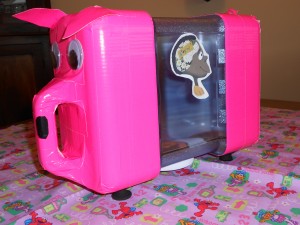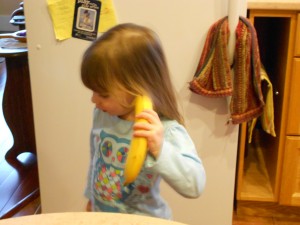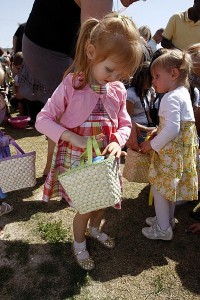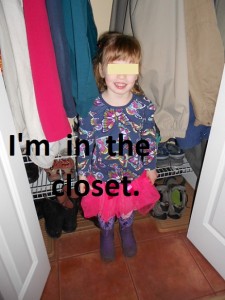This month is Autism Awareness Month. Autism is not something we can see from the outside looking in and currently, there are far more questions than answers. The brain and how it works is mysterious and amazing. That raises another question: What are some ways to encourage brain development in all children? Here are some encore posts on young children, kindergarten readiness, and multiple intelligence.
Word-Smart:
Kindergarten readiness can be tricky to evaluate but it’s easy to pick out kids who are word-smart. These are the ones that have an unusual vocabulary, lots of words and enjoy talking to practically anybody. Some of this is due to their own personalities and talents but ALL children benefit by language stimulation. Hold onto your socks because the following will knock them off. Apparently, kids who have been exposed to a rich language environment at home have built a bank of about 45 million words in their brains before they go to school.  For kids with only minimal language it’s about 30 million less! (30 Million Word Gap)
For kids with only minimal language it’s about 30 million less! (30 Million Word Gap)
Now, think of words as pennies. Each word your child hears is a penny going ka-ching in your child’s brain bank. You can make your child very rich in words. Hear (sorry, just couldn’t resist the play on words)…here are some ways to enrich your child’s language account and make your child word smart:
- Read books. Think of a book as a language bath and give your child a good soak in words.
- Tell stories. Any favorite family stories? My kids love to tell about the rushed morning when I filled the dishwasher soap dispenser with dry cat food. Or just make one up…”One day, Daddy wore the Dora boots to work because he couldn’t find his shoes and….” Or, “One day, Mommy took a school bus home instead of the city bus and….”
- Use different voices to say the same thing. Robot voice — please. hang. this. up. Use a squeaky Elmo voice, a shaky voice, an opera voice. (Don’t forget the whiny voice that sounds just like your child.) And a slurpy voice — pleasssse hang thisssss up.
 Sing songs. Play word games. Make up silly words. Hat, cat, rat, Zat, now what is a zat? Is it like a wat or a dat?
Sing songs. Play word games. Make up silly words. Hat, cat, rat, Zat, now what is a zat? Is it like a wat or a dat?
- Have a conversation on the banana phone or the shoe phone. Ask the cookies in the oven if they are ready yet and then answer yourself.
Yes, some of this is quirky but do you want a smarter child? When it comes to the language part of multiple intelligences and kindergarten readiness, can you make your child a word-bank millionaire, a word-smart kid?


